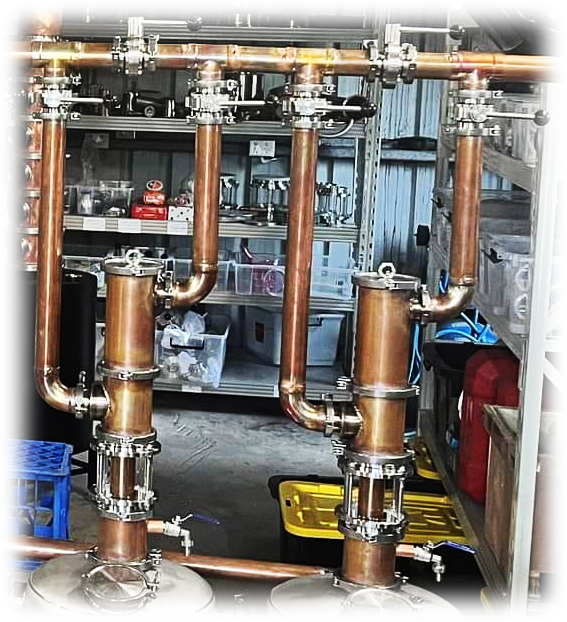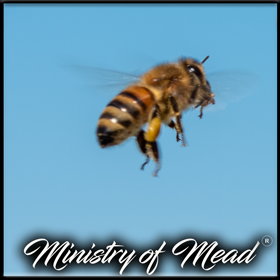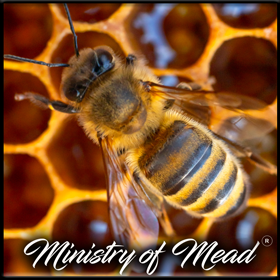Let us start with the disclaimer.
In most countries it is illegal to operate a still for the purpose of making alcohol without appropriate licensing in place. In some countries it is illegal to even own a still, let alone operate it, and in some places it probably illegal to even think about distilling to create alcohol. Please know the laws where you are.
It is not our intention (as in this website and its owners or operators, or anyone else involved in it) to encourage or condone illegal activities. We operate with a licence and assume that you are either an authorised operator, someone considering licensing or a researcher.
Now let's talk about distilling honey.
There is a history behind my interest and excitement in this area, this is not the place to discuss it, but you can find it somewhere on here if you look for it. What we are going to discuss here is the journey of learning as much about the art of honey distillation as I can.
I am happy to share my learnings along the way, there are some things I will keep to myself and close collaborators that are product specific, but the general learnings I will be sharing here.
The Background Discussion
There is not a wide body of knowledge in the area of creating honey spirits and it seems that there is no real consensus on the best way to achieve an end product. This is a total contrast to Whisk(e)y, Brandy, Rum, Tequilla and other spirits where processes, recipes and discussions can be found in abundance.
As far as distillation goes, little is documented and shared. Discussing the topic will raise different advice depending on their background and their spirit of passion.
The Whisky crafter has a specific Pot Still that is similar to the brandy still. These craft workers perform two runs, a stripping run and a spirits run. They have specific approaches to their craft.
Many Rum makers use this same Pot Still and double run process. However, the Caribbean rum producers all use double retort stills (double thumpers) and a single run through these.
Rum craft workers have been known to rely on some really funky ferments and additions to the mash. This is a big contrast to the approach of the European Schnaps producer who looks for a nice clean ferment.
The Schnaps producer paradigm differs from the Whisky crafter's approach in that Whisky is distilled to a much higher ABV than it is intended to be released at, it is then broken down with water to its bottling strength. The Schnaps artist sees no point in this adding water to a product and aims for an abv close to the bottling target.
Schnaps artists are more emancipated than others in adding flavours post distillation, either through the vapour pathway or via maceration in the alcohol. Macerating and the running back through the still is not uncommon.
Something else a Schnaps artist will do is fortify their wash with neutral spirit so that a single run through a pot still will produce a bottle strength product. Is this an option?
Whatever the most effective pathway through a still is, I will find it. I have designed, and ordered a still for the sole purpose of discovering as much as I can about this. The Still will get its own page and a full discussion, this is supposed to be a background discussion.
It is not just distilling mead that little is written about, there is little shared knowledge on fermenting mead for distillation. There is an abundance of knowledge shared on the crafting of Mead itself, but making wine for brandy is different to making wine for wine, does this apply to honey also?
I have been aware the whole time that the best Cognac comes from a wine that is really not pleasant.
Grappa is made from a Pomace Wine that we would also not drink, it is from the skins, seeds and stalks that were discarded when the wine was made. A wine from scraps. Whilst some Grappa seems appropriately designated to the lawn mower fuel an, some of it is brilliant and well crafted.
Working through the range of ferments, the different yeasts and the different honeys will be a learning process also: it will not all be about the still.
The starting point
This is not starting at ground zero, that happened a little while ago. It was a lot of fun an amazing experience that included some inspirational moments of discovery.
I have been involved in two batches to date an 1100 litre run and a 1200 litre run. These both went through the beautiful Sunflower No1 Pot still at Craftworks Distillery.
The results are pleasing, Spirit of the Bees is a product I am really proud of.
But like anything we create, I am sure I can do better.
Crafty's still is beautiful, but it is made for making award winning whisky, and it does that nicely. At this point what is needed is a small still that will allow versatile distillation pathways.
A pot still, a column still, a double retort still: which do I order? And do I want a side order of Gin Basket with that?
I believe I have designed just the thing.
The journey has just begun.


